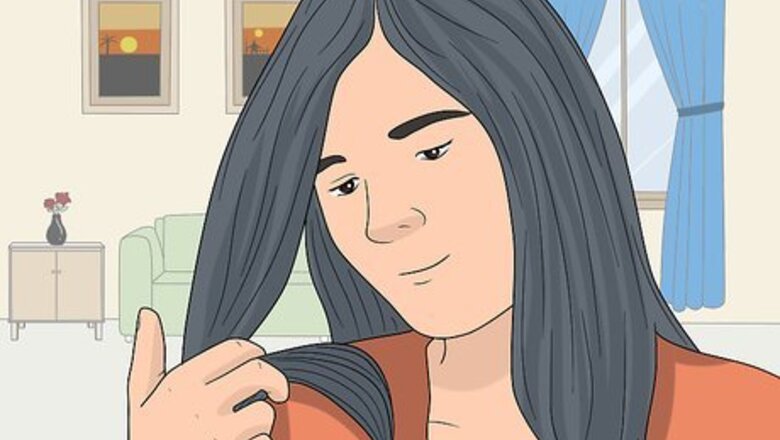
views
Planning Ahead for Beautiful Results
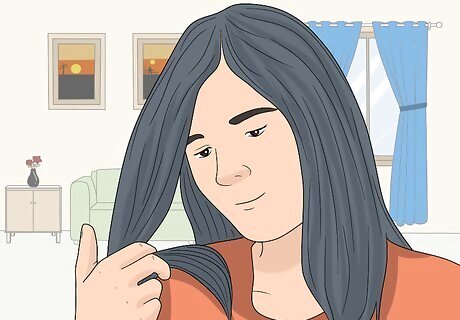
Check if your hair is healthy enough to withstand bleaching. There is no way to avoid the serious damage to hair that this amount of bleaching incurs. Check with your hairdresser in advance to avoid disaster. Note: Some stylists won't bleach hair that has already been color-treated or processed.
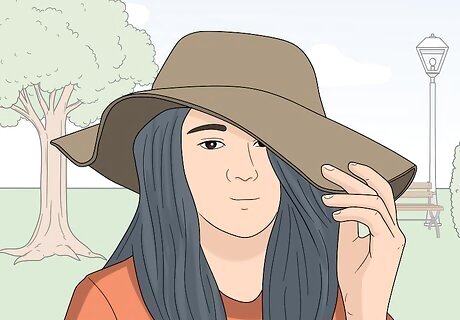
Set aside an adequate amount of time. Bleaching dark hair to blonde, especially platinum blonde or white, requires repeating the bleaching process multiple times with several days of rest in between. Don't expect to have gorgeous blonde locks immediately: you'll need to do this gradually. Since there will be intermediate stages when your hair is orange-tinged, coppery, or other not-quite-blonde colors, be ready to offset or mask these shades with hats, scarves, and other hair accessories.
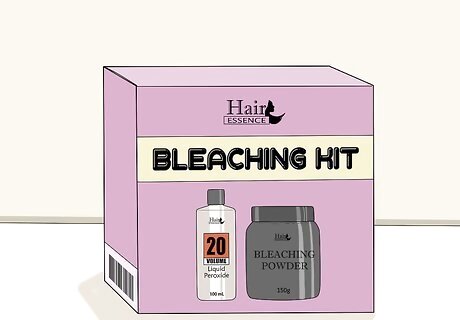
Choose the right bleach. There are several choices in hair dye, and it is important that you choose the right one for your hair color. Look for a bleach kit, which contains bleach powder and liquid peroxide. This is a stronger formula suitable for dark hair. Peroxide comes in different strengths, ranging from 10 volume to 40 volume. Note that 40 volume is too strong for general bleaching as it could burn the scalp. It is only used for tipping dark hair, in which case it does not come in contact with the skin. 30 volume will work more quickly than either 20 or 10 volume.
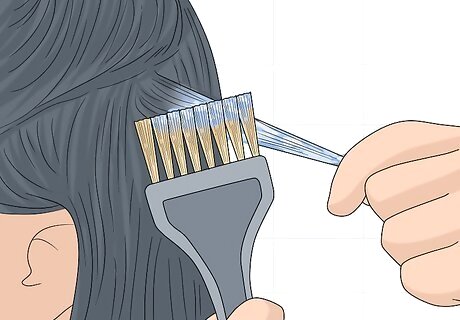
Perform a strand test before starting. This is crucial: it lets you see how long you need to let the dye sit in your hair to achieve the desired shade. Always read and follow the manufacturer's instructions for a strand-test included in the bleach kit. In general the steps are as follows: Snip a few strands of hair from an inconspicuous place at the back of the head. Tie the strands together with a bit of string or tape them together at one end. Mix a small amount of the bleach powder and liquid peroxide per manufacturer's instructions. Dip the strands into the bleaching mix so that they are completely saturated. Set a timer or keep track of how much time passes during the test. Every five minutes, check the strands by wiping away the bleach with an old cloth. Reapply the bleach again, and repeat the process until you have the desired shade of blonde. Now you know how long to leave the bleach in your hair.
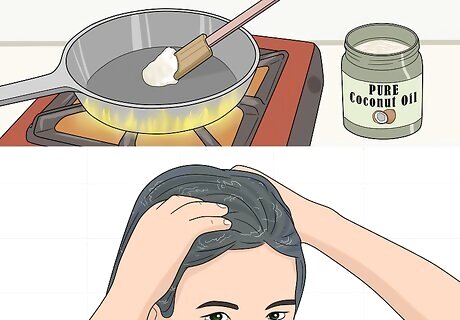
Soak your hair in melted coconut oil overnight. Before you bleach, massage unrefined coconut oil into your hair and scalp. This helps protect your hair from excess damage during the bleaching process. Leave it in for 14 hours for maximum benefit. You don't need to rinse the oil out before bleaching. To protect your pillow from oil stains, wrap a towel around your hair or braid it and put on a shower cap.
Bleaching Your Hair
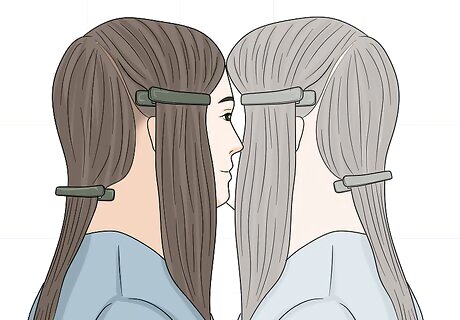
If you have long hair, section into four parts. Use the pointed end of the tint brush to make a part from the center of your forehead to the nape of your neck. Next, divide each section in half from the tip of each ear to the top of your head. It's important to use non-metallic pins or clips to secure each of the four sections. This is so the clips don't react with the chemicals in the bleach.
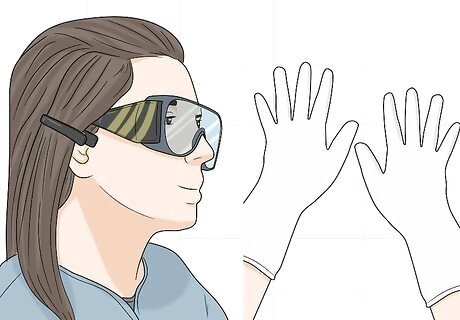
Protect your skin, eyes and clothes. You'll want to use basic precautions when working with bleach. Put on plastic gloves and protect your eyes with goggles. Also, wear old clothes and consider putting something on the floor to protect from spills. You can also rub a thin layer of petroleum jelly onto your forehead, ears and neck. Petroleum jelly isn't necessary for bleaching in the same way it is for dyes, to avoid stains. But it can protect against irritation in case the bleach gets on the forehead, ears, and neck.
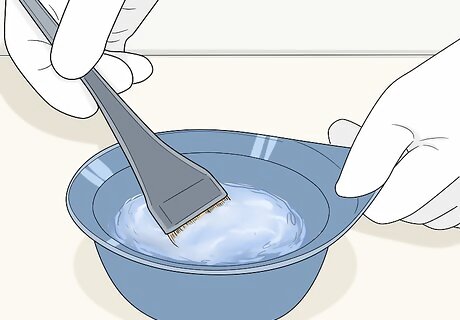
Mix the bleach. In a non-metallic mixing bowl, combine equal amounts of lightening powder and developer. Mix until creamy.
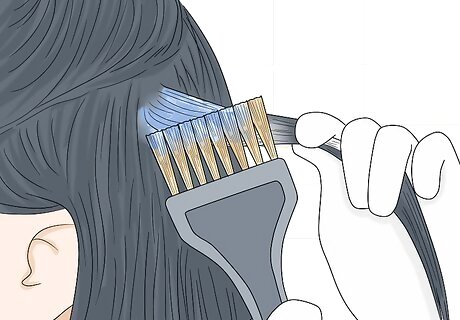
Apply mixture. With your tint brush, starting 1/4-1/2 inch (about 1 cm) away from the scalp, begin applying bleach mixture. First do one thin section from one of the back quarters, making sure it is totally saturated before moving on to the next. Clip the section back into place before moving on to the next one. Do the two back quarters first, then the front quarters. Work in the direction of hair growth, i.e. from roots to ends. Work as quickly as possible: you want the hair to bleach roughly the same amount of time to achieve an even result. You can use different volumes to achieve this, as well: for example, using the quicker 30 volume up front and a 20 volume developer in back. Once hair is saturated, put on the processing cap.
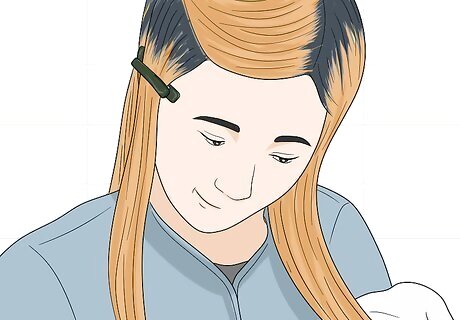
Keep track of your progress. Check every 10 minutes until the desired result is reached. Check the color by removing the bleach from a small section with an old cloth. If you choose to continue, remember to re-saturate this section with bleach first. It may help to set a timer for 10 minutes to ensure consistency.
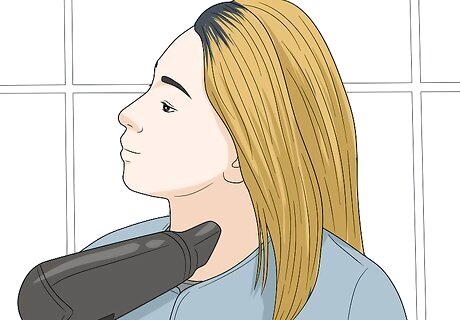
Consider applying heat with a blow dryer to speed up processing time. Do note, however, that any heating process is likely to increase damage, so don't do this unless you're in a hurry. This isn't recommended if it's your first time bleaching, when it's important to get a sense of how long the process takes on its own. If you choose to repeat, you can try to speed it up with heat.
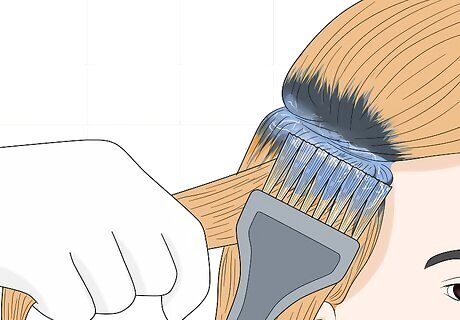
After 10-20 minutes, apply bleach to the roots. The hair at the roots process faster than the rest because of the heat of your scalp, so the bleach will work faster - so if you're opting to dye your roots, it's best to do so towards the end of the process. Use the same sectioning technique described above, this time adding the mixture to the roots only.
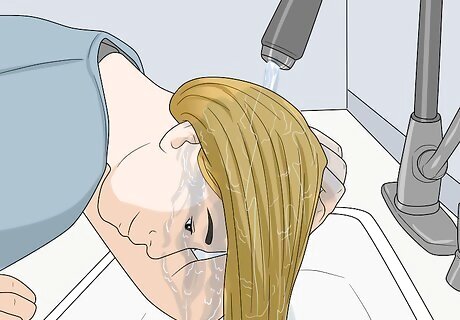
Rinse out the bleach. Once your hair has reached the pale yellow stage - or you've left the product in for the maximum time recommended by the manufacturer - rinse your hair of all bleach with lukewarm water. Shampoo lightly, preferably with a shampoo specifically formulated for bleached hair. A shampoo that contains purple toner, for example, will help eliminate brassiness and yellow tones. Towel dry your hair and style as usual. If you can, avoid using heat products to style, as they will increase the stress and damage to your hair.
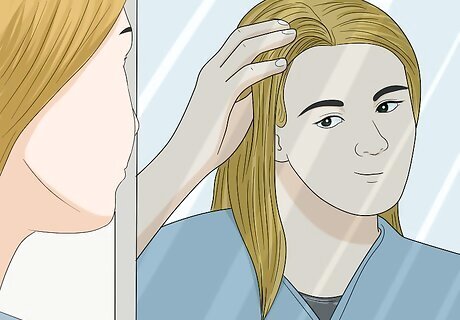
Once hair is dry, assess the results. Only when your hair has dried completely will you be able to really see how well the bleaching session has gone. Remember, it's probably going to take at least two or three sessions within a month to transform dark hair into pale blonde or white.
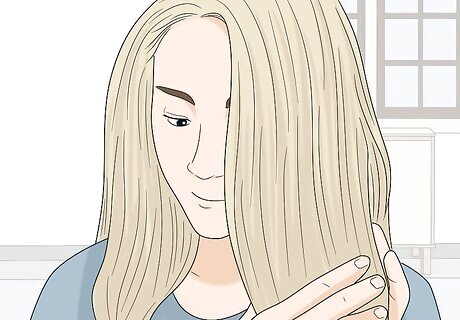
Let your hair rest for two to three weeks between sessions. Bleaching is tough on your hair. Resist the urge to bleach again immediately if you don't like what you see! Instead, use a toner after each session (see below) to balance out your color as it gradually makes its way from dark to pale.
Toning Your Hair
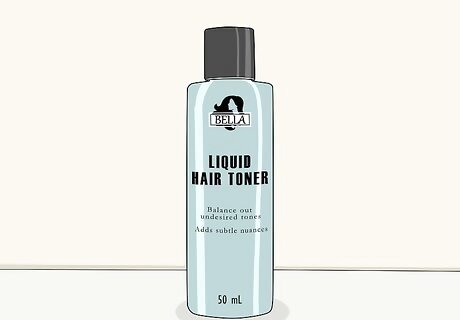
Choose a toner. This is a crucial step for achieving a beautiful, balanced finish. Bleaching removes the color from hair's pigment, and eventually what remains is a yellow tinge - this is the natural color of keratin, or the hair's protein. Most of the time, this is not what we're after. That's where toners come in: these colors help balance out undesired tones, adding subtle nuances to your hair color and helping you get just the blonde you want. Dark hair usually has red or orange undertones, so bleaching tends to turn it orange. Blue toners balance orange, violet toners balance yellow, and blue-violet balance orange-yellow. In short, you want a toner that contains the color opposite to your undertones on the color wheel in order to neutralize. If in doubt, take a look at a color wheel to see where you fall. For white hair, choose a toner that is specified for white. You cannot bleach your hair white: you have to tone it. If you have any question about which toner to pick, you may want to go to a beauty supply store for professional advice, or consult a hairdresser.
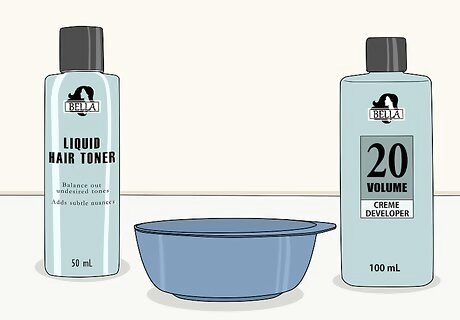
Prepare and apply the toner. The following are general guidelines, but be sure to follow manufacturer's instructions. Mix 1 part toner to 2 parts 10 or 20 volume developer. If you have black hair consider using 40 volume; however, keep in mind that the strength of 40 volume developer may be very harsh, and will severely burn if it touches your skin. Please seek medical attention if you receive a chemical burn! Apply toner evenly from root to tip, using the same sectioning technique described above for bleaching. Many toners require only 10 minutes, so apply as quickly as possible and keep close track of time. Check your progress every 5 to 10 minutes using the same strand technique described above for bleaching. Be careful not to overtone white hair, which can result in yellowish or grey color.
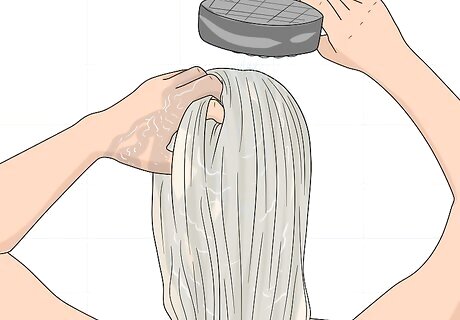
Rinse your hair. Shampoo and condition, then style as usual. Remember to discard any unused bleach and toning mixture when you're finished.



















Comments
0 comment